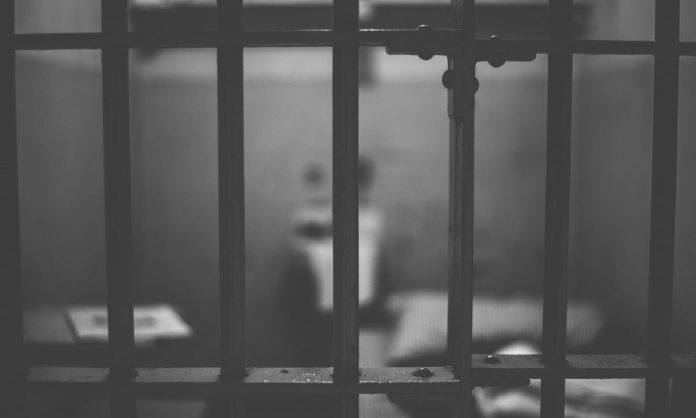The population of North Korea’s political prison camps has decreased by around 20,000 compared to July of last year, Daily NK has learned.
According to a source in the country last Friday, the fall in the prison population is due to deaths caused by disease and other causes outstripping the number of new arrivals to the camps.
According to the source, no quarantine or medical supplies or services were provided to Camp 14, 17 or 18 in the first half of the year, causing deaths to spike.
“Even new arrivals are dying, with waterborne diseases on top of cases of COVID-19-related fevers,” he said.
As prisoners at political prison camps are not considered citizens, the authorities show no concern at all for their health.
In fact, Daily NK has determined that the population of North Korea’s political prison camps as of late June of this year was less than what it was at the time of a survey in July of last year.
According to the source, the approximate populations of North Korea’s political prison camps as of late June were as follows: 36,800 at Camp 14 in Kaechon, 42,900 at Camp 15 in Yodok, 28,700 at Camp 16 in Hwasong, 41,200 at Camp 17 in Kaechon, 20,200 at Camp 18 in Bukchang and 36,000 at Camp 25 in Chongjin.
Compared to the survey in July of last year, the population of Camp 14 had fallen by about 6,200, Camp 15 by about 13,900, Camp 18 by about 5,600 and Camp 25 by about 5,000. Camp 16 and 17, meanwhile, grew by about 4,700 and 20,400 people, respectively.
Taken together, this means the population of North Korea’s political prison camps fell by 11.4%, from 232,400 people last year to 205,800 people this year.
In particular, aside from deaths from healthcare-related problems, a significant number of prisoners also died from accidents due to the camps’ terrible labor conditions, as well as torture.
!function(){“use strict”;window.addEventListener(“message”,(function(a){if(void 0!==a.data[“datawrapper-height”]){var e=document.querySelectorAll(“iframe”);for(var t in a.data[“datawrapper-height”])for(var r=0;r<e.length;r++)if(e[r].contentWindow===a.source){var i=a.data["datawrapper-height"][t]+"px";e[r].style.height=i}}}))}();
The source said dozens of prisoners were buried when an old mine tunnel collapsed at Camp 16.
“People had to crawl around the tunnel where the accident took place since there were no mine posts, but because of the accident, an order was issued calling for the entrances of mines or mining tunnels at camps to be enlarged as much as possible so people can enter them,” he said.
There were also cases of torture and executions after prisoners escaped from Pyongsan Political Prison Camp, about which almost nothing is known regarding its population or facilities.
The source said two males prisoners who entered the camp in April escaped, but were caught in downtown Sariwon less than 48 hours later.
“The incident caused a commotion in North Hwanghae Province, and when management of the Pyongsan camp became an issue, the camp’s director was punished and transferred to another labor camp as a section head,” he said.
The source said the camp’s deputy director replaced his transferred boss, and to restore discipline, he had the two escapees tied to posts and stoned to death by their fellow prisoners.
The source added that another 60 or so prisoners who would have had knowledge of the escape were tortured.
“About 360 people have died due to malnutrition and other causes while performing heavy labor, with the authorities pressing them to atone for their mistakes by performing disciplinary tasks,” he said.
Please direct any comments or questions about this article to dailynkenglish@uni-media.net.


















